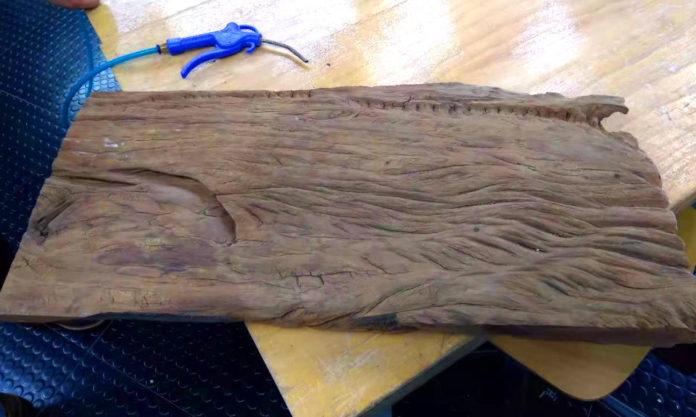I love games consoles. I own more than I care to admit. But (Marie Kondo, since you’re asking) every one of them sparks joy. The console is a well-named invention, providing solace that sometimes even tea can’t provide.
I’m not the only one; retro gaming is as much of a draw for my generation as steam trains for my father’s. An industry surrounds console nostalgia, with restorations, re-releases, emulation and excavation.
But in focusing so much on the games console, the home experience of games, the nostalgia is neglecting another great institution; the arcade.
Arcade games were just better. Fuller, faster and more musical, those machines contained computing hardware closer to military applications than to humble consoles. It took years for home conversions of games to arrive. And even when they promised “arcade perfect” on the box, they often weren’t.
Yes, arcades today are a shadow of their former selves. Many of the LED-encrusted cabinets at your local cinema or children’s play area are Android-based or even Windows XP. This is sad. Nicotine-tinged, touchscreen fishing games are sad.
But the “arcade perfect” concept still persists in my mind.
In so many aspects of life, the “home” version is inferior to the “real” version. It’s not that “home cinema” and “home-brewed espresso” don’t exist; it’s that they still lack the sensory qualities offered by a real auditorium or a real Gaggia.
On the face of it, tea would appear to be an easily-portable, easily-reproducible experience. Leaves, water, drink. But, of course, it’s not.
Some of those reasons why tea tastes better in the shop or the tea house may be interpreted by consumers as “tricks”.
Just as my mum has always said that restaurants get the best beef steaks, leaving only the sloppy seconds to the supermarkets, some tea-buyers suspect that the seller puts something in the bag that’s different from the tea just sampled. Some insist that special water is used by tea sellers. And that may sometimes be true.
But it’s more than that; the people who work with tea become quite good at it.
Our editor recently marveled at the way a tea house professional brushed away surplus liquid from a “gaiwan” (盖碗) without allowing a single leaf to spill out. Her phrase, “波一波” (blow ripples), left a deep impression on him. Some of this is for show, but plenty of it also leads to a better mouth experience. And good-enough water, by the way, is always worth choosing.
There’s muscle memory connected with those small movements in tea preparation. There’s a desire to imitate the professionals and to do it all more smoothly. There’s an instinct to truly command that adjacent rectangle.
I’ve long felt the similarity between sitting down in front of a tea set and sitting down in front of an arcade joystick with its buttons roughly the size of gongfu cups.
And I’m especially aware of that comparison while building my own “home arcade cabinet”. Yes, this hobby-box will never replicate the intimidating, cutting-edge environment of the old arcade. But it has real joysticks, another well-named invention, and it will play those 20th-century favourites. Still incomplete, this project has given significant weekend pleasure.
As well as all the electrical stuff, it’s brought me into contact with carpentry and some new friends. And that has presented me with a new project; how can I convert a beautiful piece of aged wood into a tea table? Expect an update in a future Strainer.









